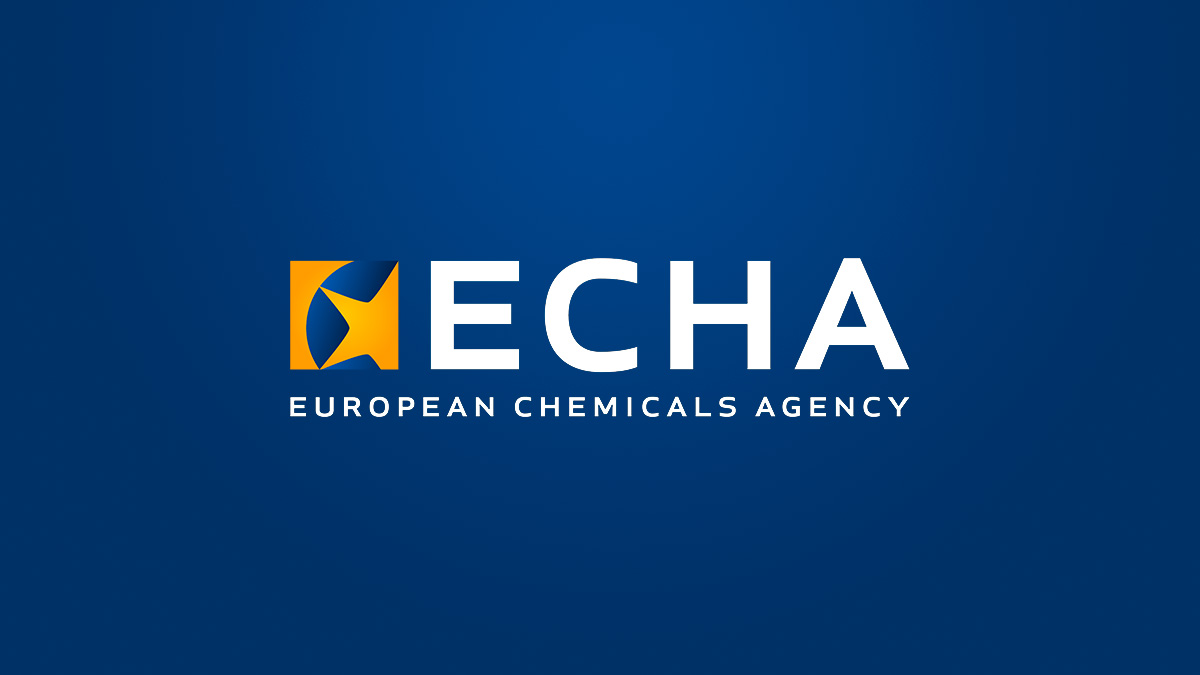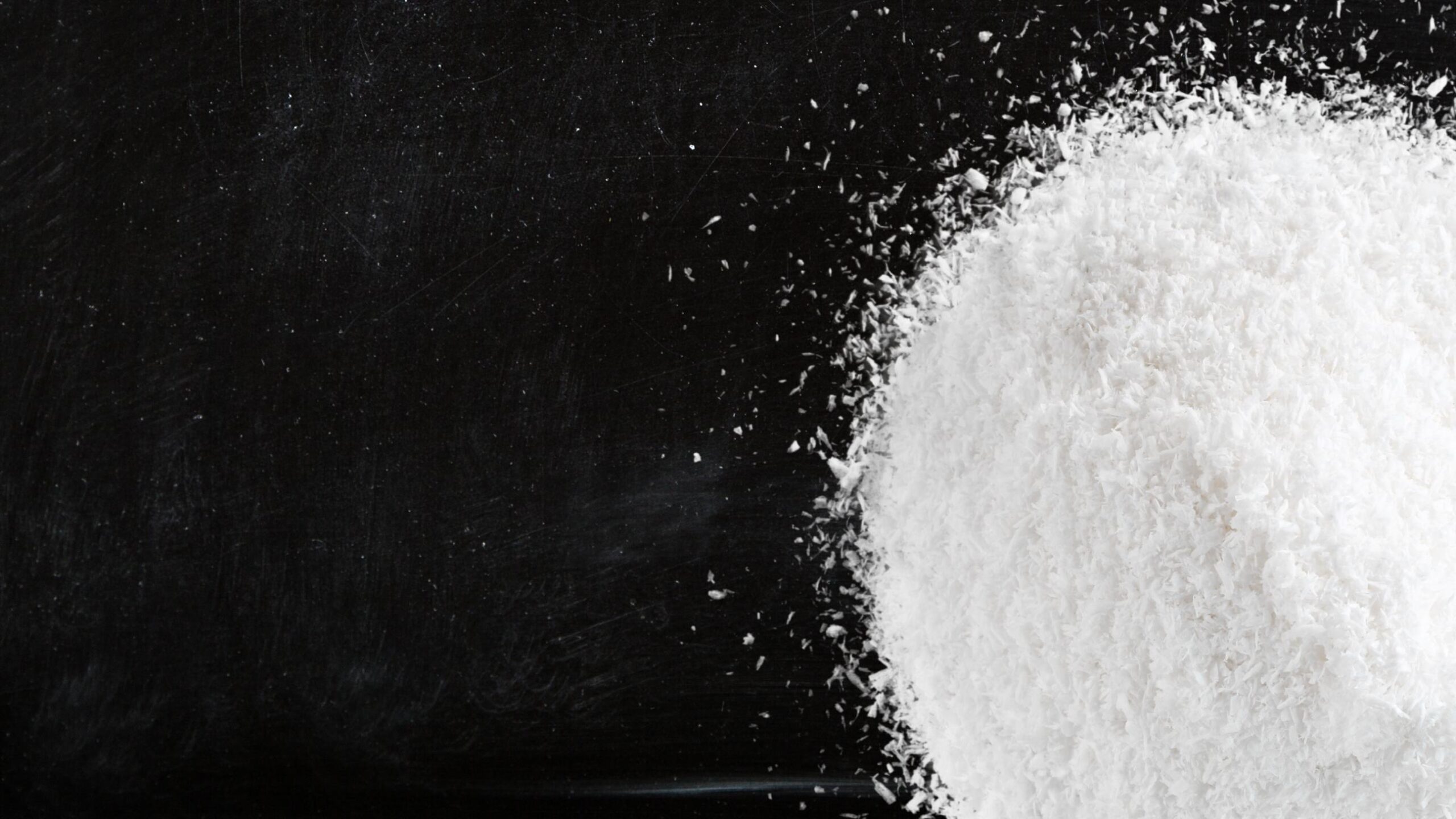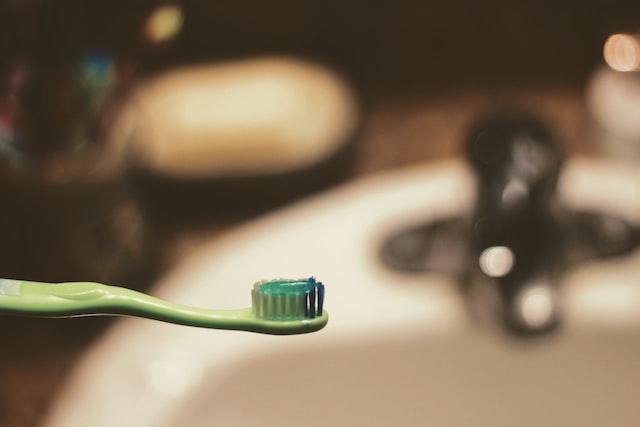The European Chemicals Agency (ECHA) published three proposals for harmonised classification and labelling (CLH) for substances that can be used in cosmetics: Talc, Dimethyl Imidazolidinone, and Potassium Bromide.
Talc (CAS 14807-96-6)
Talc is included in Annex III/59 of the European Cosmetics Regulation (EC) No. 1223/2009 , the list of substances which cosmetic products must not contain except subject to the restrictions laid down (powdery products intended to be used for children under 3 years of age shall have to following wording of conditions of use and warnings on the packaging: Keep powder away from children’s nose and mouth).
The Netherlands has proposed to classify Talc as:
- Carc. 2, H351 – Suspected of causing cancer.
- STOT RE 1, H372 – Causes damage to organs through prolonged or repeated exposure.
Dimethyl Imidazolidinone (CAS 80-73-9)
Dimethyl Imidazolidinone is not currently regulated by the European Cosmetics Regulation (EC) No. 1223/2009, and can therefore be used as, among others, a humectant, hair, and skin conditioning ingredient in cosmetic products.
The Netherlands has proposed to classify Dimethyl Imidazolidinone as:
- Repr. 1B, H360FD – May damage fertility. Suspected of damaging the unborn child.
Potassium Bromide (CAS no: 7758-02-3)
Potassium Bromide is not currently regulated by the European Cosmetics Regulation (EC) No. 1223/2009, and can therefore be used as, among others, a viscosity controlling agent in cosmetic products.
Sweden has proposed to classify Potassium Bromide as:
- Repr. 1B, H360FD – May damage fertility. Suspected of damaging the unborn child.
- Lact., H362 – May cause harm to breast-fed children.
- STOT SE 3, H336 – May cause drowsiness or dizziness.
- STOT RE 1, H372 – Causes damage to organs through prolonged or repeated exposure.
What now?
If the classification process is completed, the use of the aforementioned cosmetic ingredients might be threatened in the future, considering that cosmetic ingredients, classified as CMR substances, of category 1A or 1B under Part 3 of Annex VI to Regulation (EC) No 1272/2008 are prohibited in cosmetic products.
For ingredients classified as CMR substances, of category 2, it shall be either directly prohibited or may be allowed where the substance has been evaluated by the SCCS (in the context of the new classification) and found safe for use in cosmetic products.
References:
European Chemicals Agency (ECHA) – Registry of CLH intentions until outcome







